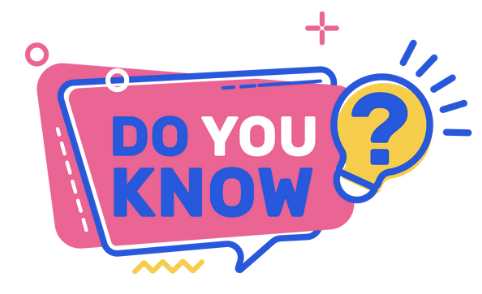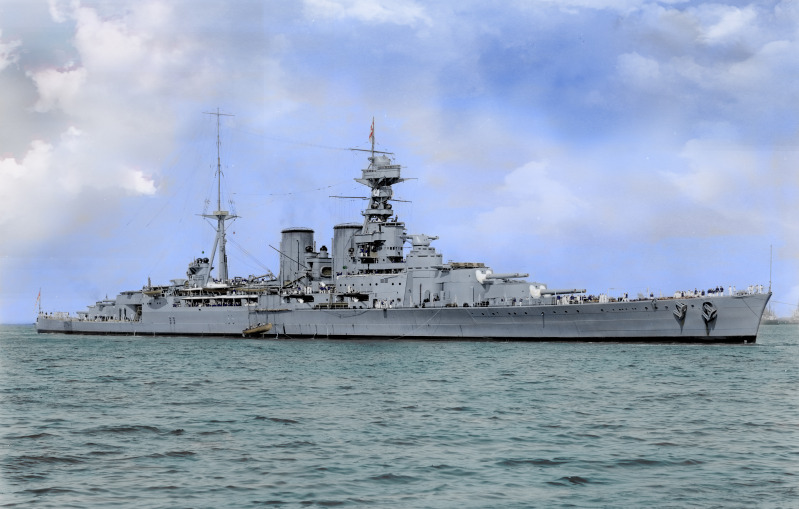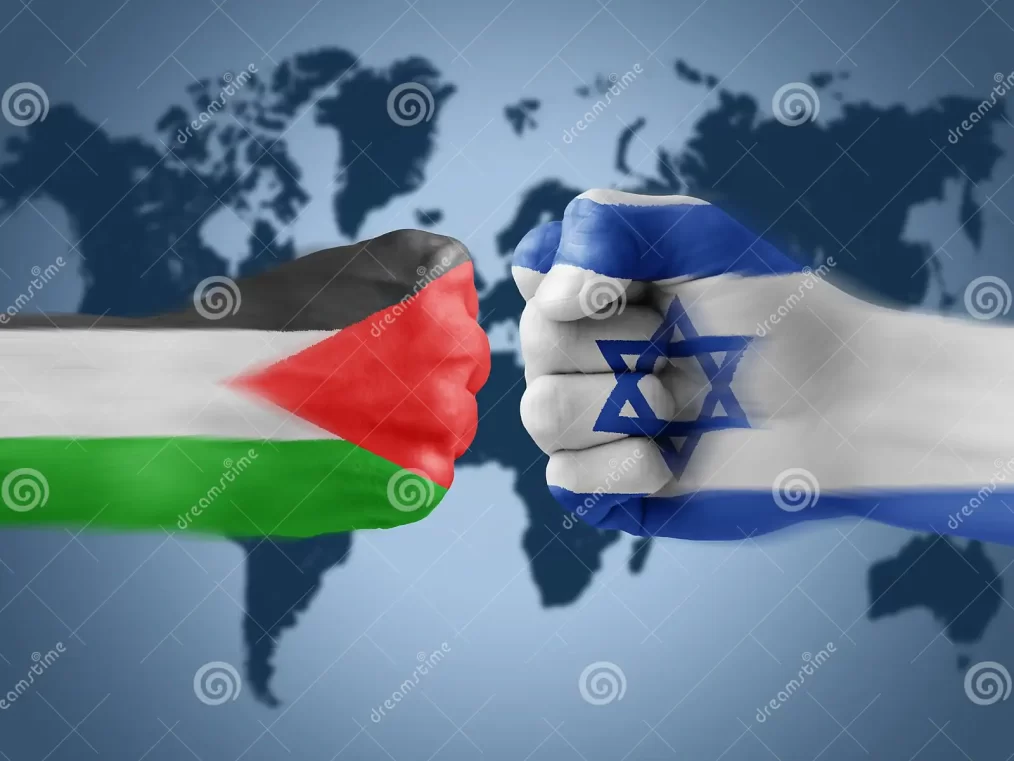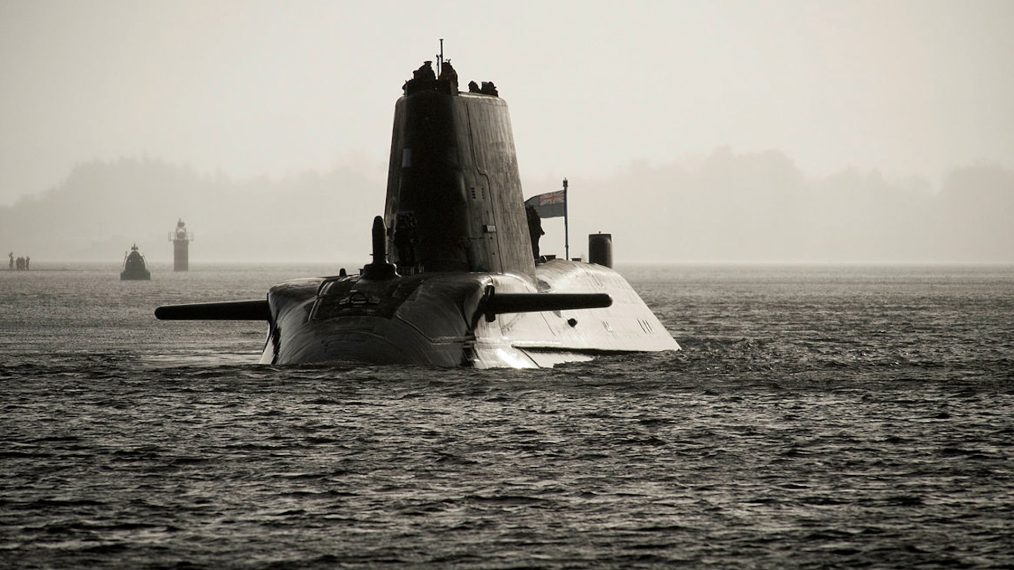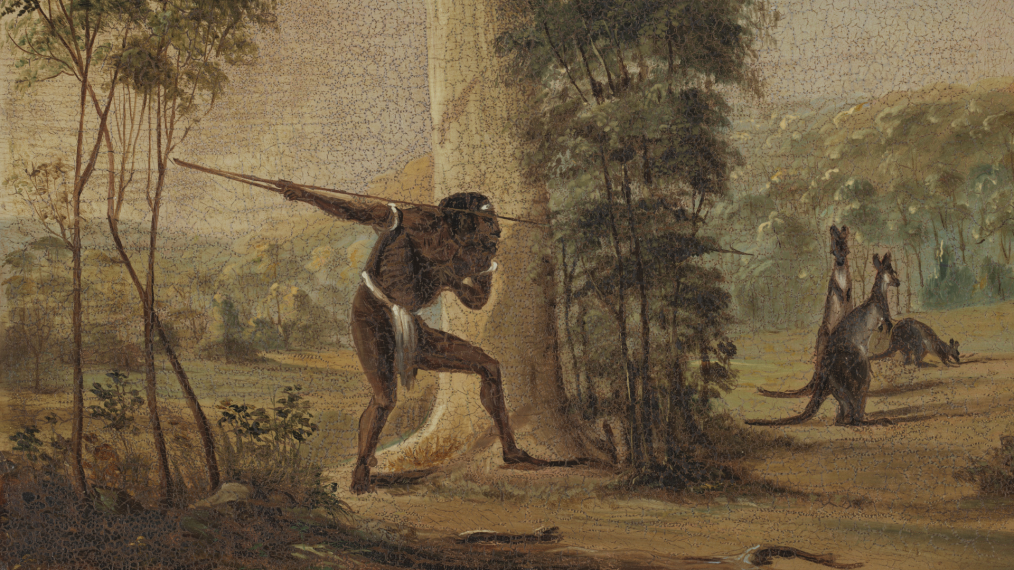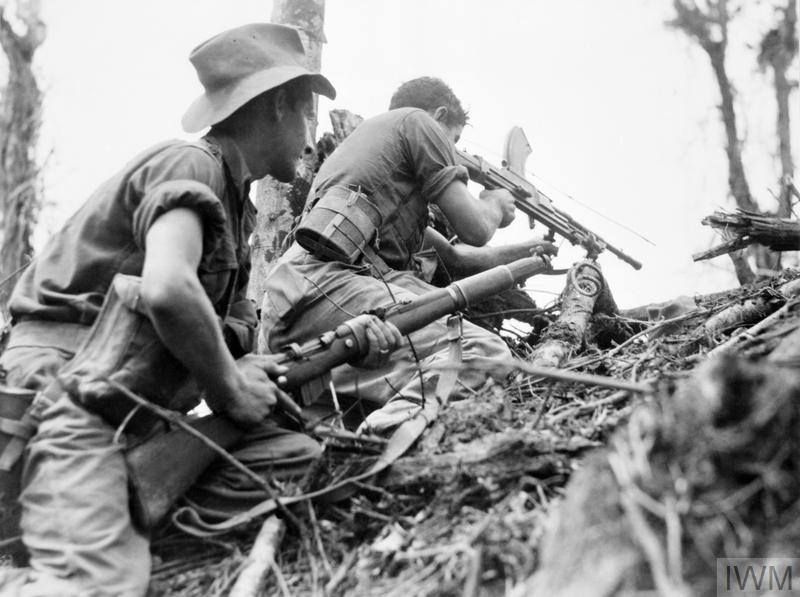By: Arnaldo Liechtenstein, physician
Whenever I teach clinical medicine to students in the fourth year of medicine, I ask the following question:
What are the causes of mental confusion in the elderly?
Some offer: “Tumours in the head”. I answer: No!
Others suggest: “Early symptoms of Alzheimer’s”. I answer No!
With each rejection of their answers, their responses dry up.
And they are even more open-mouthed when I list the three most common causes:
– uncontrolled diabetes
– urinary infection
– dehydration
It may sound like a joke, but it isn’t. People over 60 generally stop feeling thirsty and consequently, stop drinking fluids.
When no one is around to remind them to drink fluids, they quickly dehydrate.
Dehydration is severe and affects the entire body It may cause abrupt mental confusion, a drop in blood pressure, increased heart palpitations, angina (chest pain), coma and even death.
*This habit of forgetting to drink fluids begins at age 60, when we have just over 50% of the water we should have in our bodies.
People over 60 have a lower water reserve.
This is part of the natural aging process.
But there are more complications. Although they are dehydrated, they don’t feel like drinking water, because their internal balance mechanisms don’t work very well.
People over 60 years old dehydrate easily, not only because they have a smaller water supply, but also, because they do not feel the lack of water in the body.
It’s important to drink several glasses of water daily.
Although people over 60 may look healthy, the performance of reactions and chemical functions can damage their entire body.
So here are two alerts:
1) *Get into the habit of drinking liquids*. Liquids include water, juices, teas, coconut water, milk, soups, and water-rich fruits, such as watermelon, melon, peaches and pineapple, orange and tangerine also work.
*The important thing is that every two hours, you must drink some liquid. Remember this! *
2) Alert for family members: constantly offer fluids to people over age 60.
At the same time, observe them.
If you realize that they are rejecting liquids and, from one day to the next, they are irritable, breathless or display a lack of attention,
these are almost certainly recurrent symptoms of dehydration.
Inspired to drink more water now.

